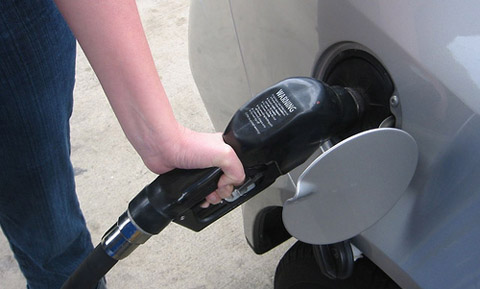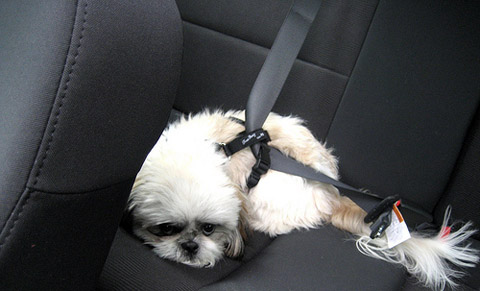If you drive your car everyday, you might be wondering: “Why are gas prices so high?” You are not alone because that has been the concern of many car owners for many years.
Blame the high crude oil prices and the level of gasoline demand relative to supply for the incessant increase in retail gasoline prices. The prices of crude oil surge when there is greater demand than supply for it. Greater demand for gasoline across the globe puts much pressure on the available supplies. The competition among local retail gas companies and the seasonal demand for gasoline and other petroleum products cause the fluctuation or the rapid rise of gas prices. The increase in gas prices speed up when the supply of crude oil is disrupted or when there are issues with delivery pipelines and oil refineries. (more…)

